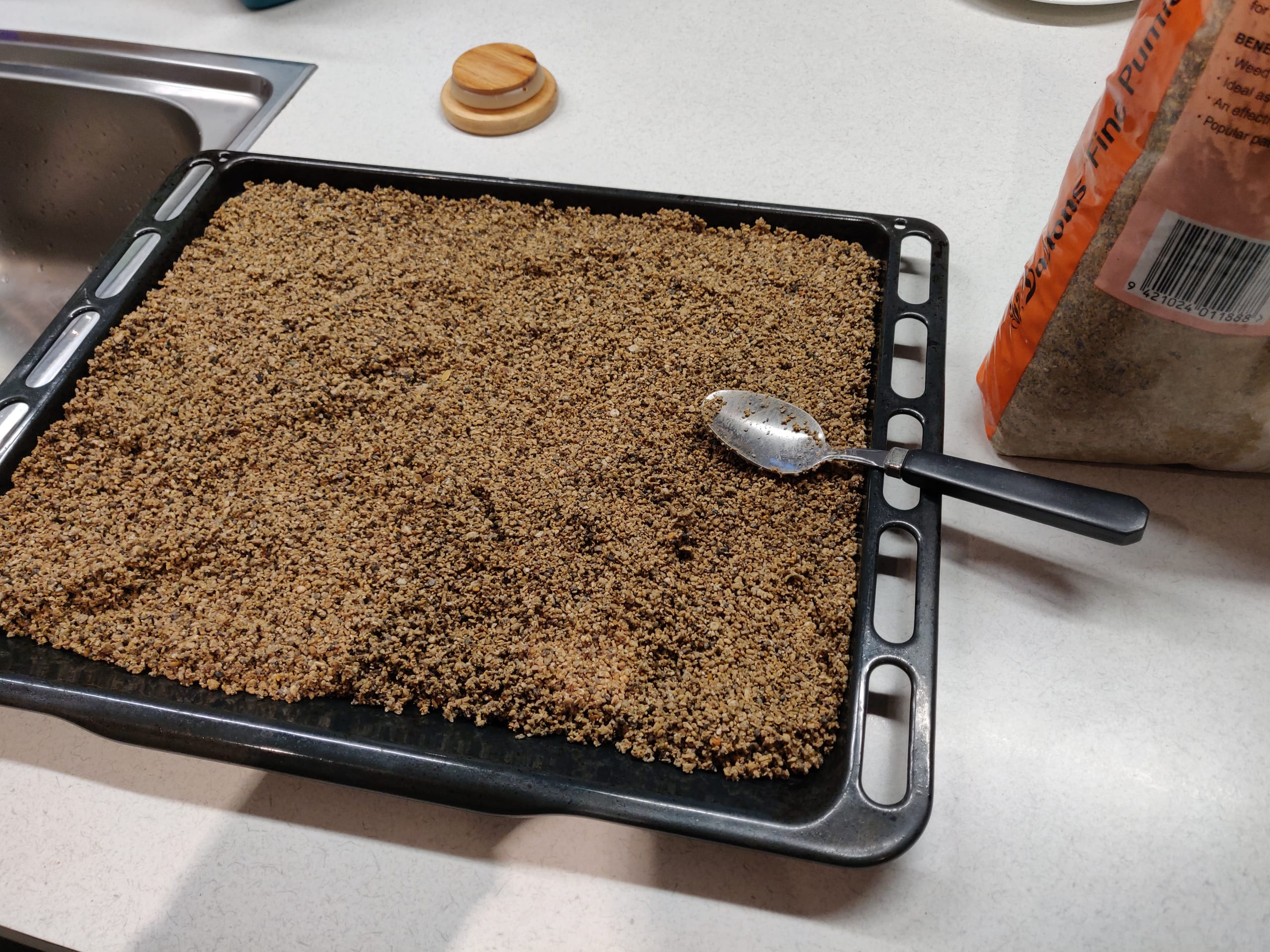Ugh, fungal gnats
I'm no stranger to growing basil indoors, so last year I tried to grow another bunch. This most recent attempt however... didn't turn out all that well. Some pests got into the planter - fungal gnats I would later learn - and bred like crazy, stunting the growth of the basil so all I managed to get from the plants was 1 batch of pesto and a handful of leaves before I had to throw the plants and soil out. Getting rid of the fungal gnats however continued for quite some time as I continued to find them in all sorts of places, leaving me afraid that they'd come back if I tried to plant anything again.
My partner and I did eventually try to grow some plants again - dwarf sweat pea flowers plus some other bulbs (can't remember what they were) we bought from a supermarket. I planted the seeds/bulbs and set up little yellow sticky traps with them to try get a head start on any fungal gnats that might intrude. Weeks went by while we waited for the plants to emerge from their seeds, and every morning I would check to make sure no more gnats were appearing. By the time the sweet peas reached around 10cm or so, I was getting rather hopeful that the fungal gnats weren't gonna show up again.
Of course, it was exactly then that they returned.
With the last basil plants I had tried getting rid of the gnats with only yellow sticky traps and soil drenches of (diluted food grade) hydrogen peroxide, but it was either too late or the soil just kept on inviting more gnats to breed in it making it hard for me to break their lifecycle. This time I thought to try a different preventative measure I had learned from my internet searches into indoor pest management: to add a layer of sand atop the soil to discourage any fungal gnats from breeding there. According to what I had read/watched, a dry earth discourages the gnats from laying their eggs in it - they prefer wet environments.
So that's the photo in the header of this post: an oven tray of wet sand from the local hardware store, about to go into the oven to dry and sterilize it, before I scoop a small layer of dirt from the pots and replace it with cooked sand. (That made for interesting small talk at work the following day: "How was your weekend?" "Oh, you know, just another Sunday evening spent baking sand.")
That photo was a few months ago, and I'm happy to report that the sand trick has been really successful! The sand seems to have done several things which have stopped that infestation and prevented any more from taking place:
- It has created a dry top layer that discourages fungal gnats from laying their eggs in the soil
- I suspect it also hides the soil from them (they can't seem to dig through a fine sand very well)
- And it gives us humans a nice indication of how moist the soil underneath is, turning dark when wet, helping us to not over-water the plants. (Fungal gnats are a sign that there is too much moisture in the soil, hence their name I guess.)
So the sand is going to be one of those things I do whenever I grow indoor plants now: potting mix, some additive like perlite to help with drainage, and a layer of sand baked at 180C for 30-40 minutes.
